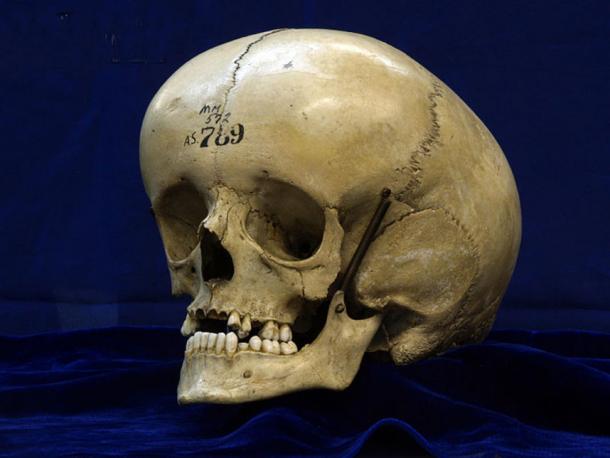An American researcher examining ancient human remains has made a potentially ground-breaking discovery. The expert found a huge number of abnormalities and defects that seem to indicate extensive inbreeding in early hominids. The find is one that is very important as it is allowing researchers to understand the lives of our ancestors and their social organization.
Abnormalities in Pleistocene Humans
Erik Trinkaus, a paleoanthropologist working at Washington University, St. Louis in the United States, has been studying early human remains for many years. He had come to believe that there was a high incidence of abnormalities among early humans. Deformities among early human remains has long been noted but they were ᴀssumed to be typical mutations that also occur among modern humans. The sample of specimens that Trinkaus investigated came from the last 200,000 years (Pleistocene period) and included females, males, and infants, who once lived in an area ranging from central Europe to China.
The Statistical Analysis

The paleoanthropologist undertook a statistical analysis of his sample of ancient human remains. This was the first investigation of its kind. He found that in 66 bones there were 75 characteristics that could be classed as deformities. These included, according to Cosmos Magazine , “hypophosphatemia, hydrocephaly, dwarfism, abnormal bone growth, and a wide variety of skull, jaw and dental problems.”
Trinkaus found that the frequency of deformities was astonishing among our ancestors. He believes that he found evidence that abnormalities were much more common in ancient humans than modern people. According to the Daily Mail , “two-thirds of the abnormalities occur in fewer than one in 100 modern humans”. He also established some two dozen abnormalities that had no parallel in modern people, it is reported by Cosmos Magazine that “the chance of finding the rare ones are as little as 0.0001%”.

Interbreeding Among Early Humans
The American concluded that there were cultural, environmental and social factors for the high number of disfigurements. He came to believe that one of the most likely cause of the high number of abnormalities and birth defects was inbreeding. It has been proven that mating between close relatives can significantly increase the risk of children being born with birth defects and developmental deficits, which are then pᴀssed on to the next generation.
Trinkaus rejected the idea that those with deformities were more likely to be buried than able-bodied humans, thereby distorting the fossil record and his findings. However, he does admit that the high number of deformities may also be linked to the brutal and precarious lifestyle of ancient hunter-gatherer societies. He does not theorize that interbreeding was the sole cause of the high incidence of abnormalities in his study.

The sheer volume of defects shows that many members of the same group had children with close blood relatives. There is some other empirical evidence for this theory. According to the Science Mag website, there was a ‘low genetic diversity among Pleistocene humans based on ancient DNA analysis’. This would support the view that early humans tended to mate with those who shared the same genetic materials, in other words, close relatives.
The findings of Trinkaus have been publicized in the journal PNAS and they have been generally welcomed. Many experts believe that the theory that these deformities were mainly a result of interbreeding is the most plausible explanation. However, there are some who claim that the American’s research methodology was not rigorous enough and that as a result his findings are unreliable.
Insights Into Early Humans
The discovery of so many deformities and developmental deficits among ancient people in Eurasia provides an interesting insight into early human groups. Those born with some deformity could not really forage and hunt and needed the support of others if they were to survive in the harsh environment of the Pleistocene. This would indicate that they were helped by their family and kin and that early humans were much more complex and organized than previously thought. It also contradicts the traditional stereotypes that early humans were brutish and unfeeling.





